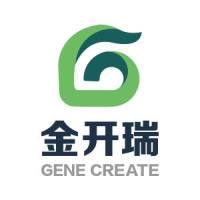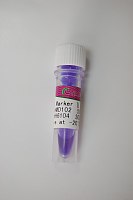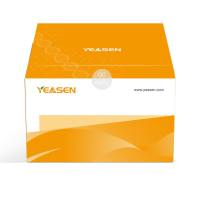Chloroplast DNA Isolation
互联网
824
The size of the chloroplast DNA molecule of Arabidopsis thaliana has been determined to be about 153 kb (1 ). In this chapter, the goal is to provide a step—by—step laboratory procedure for isolating chloroplast DNA from Arabidopsis thaliana with minimal nuclear or mitochondrial DNA contamination. In general, a first step in isolating chloroplast DNA is the homogenization of the plant material followed by a filtration step to remove large-sized cell debris and cell fragments. The filtrate is then centrifuged at low speed to precipitate nuclei and chloroplasts. The intact mitochondria, being smaller in size than chloroplasts, remain in the supernatant. To get rid of nuclear DNA, one of two methods is usually used. In the first, the pellet containing nuclei and chloroplasts is treated with DNase. The latter has access to the nuclear DNA, via nuclear pores of the nuclear membrane, leading to its digestion, but has no access to chloroplast DNA because intact chloroplasts have a nonporous envelope. In the second method, the intact chloroplasts are banded in a sucrose— or a percoll—density—gradient, while the nuclei pellet. Banded chloroplasts are carefully removed. Intact chloroplasts, obtained by either a DNase method or a gradient method, are lysed and their proteins digested with a protease. Digested proteins are removed by organic (phenol/chloroform/isoamyl alcohol) extractions, and the nucleic acids (DNA and RNA) of the chloroplasts precipitated by ethanol.









